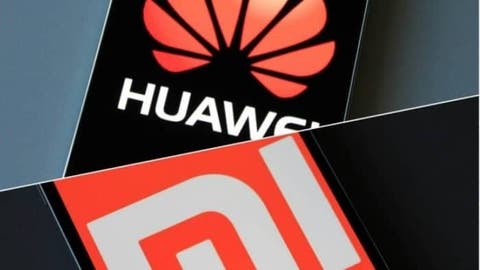On the box of the European version of the flagship smartphone Xiaomi Mi 10 Pro there is an inscription “with easy access to the Google apps you use most”, which means that the smartphone provides easy access to the most frequently used Google applications. This is seen as a direct marketing strategy, to take advantage of Huawei’s position.
The leading manufacturers of smartphones have been practicing the so-called mutual trolling for a long time, when companies point out the weaknesses of competitor smartphones. This way, they bring the capabilities of their devices to a completely different level. This happened this time, and Xiaomi is the first to troll Huawei on the missing Google services and applications in their new flagships.
Xiaomi makes fun of Huawei regarding the lack of Google services
Previously, Xiaomi was not noticed for this, market leaders (Samsung, Huawei and Apple) exchanged mutual trolls among themselves. However, Xiaomi has now entered the premium segment. So its new flagships directly compete with all the flagships of the first three leaders.
Recall that the Huawei P40 line of smartphones, which goes on sale next week, does not have Google services and applications by default, as well as the Google Play store. Instead, the manufacturer offers users its own set of services Huawei Mobile Services. In addition to the application store Huawei AppGallery. It is worth adding that Mi 10 Pro and P40 Pro are available at the same price in Europe. Both cost 1,000 euros ($1,080).
Recently, in an expected move, Xiaomi has become the third-largest smartphone manufacturer. Before the trade ban by the US government, Huawei clearly attacked the top of the market, wanted to permanently overtake Apple and attack Samsung in the long term. Now the market is collapsing for Huawei, at least for international smartphone sales. As Strategy Analytics reveals, Xiaomi narrowly passed Huawei in February 2020. Samsung was first in January with 18.2 million sales followed by Apple with 10.2 million units. Then we have Xiaomi at 6.0 million, then Huawei with 5.5 million units.
Follow Gizchina.com on Google News for news and updates in the technology sector.
